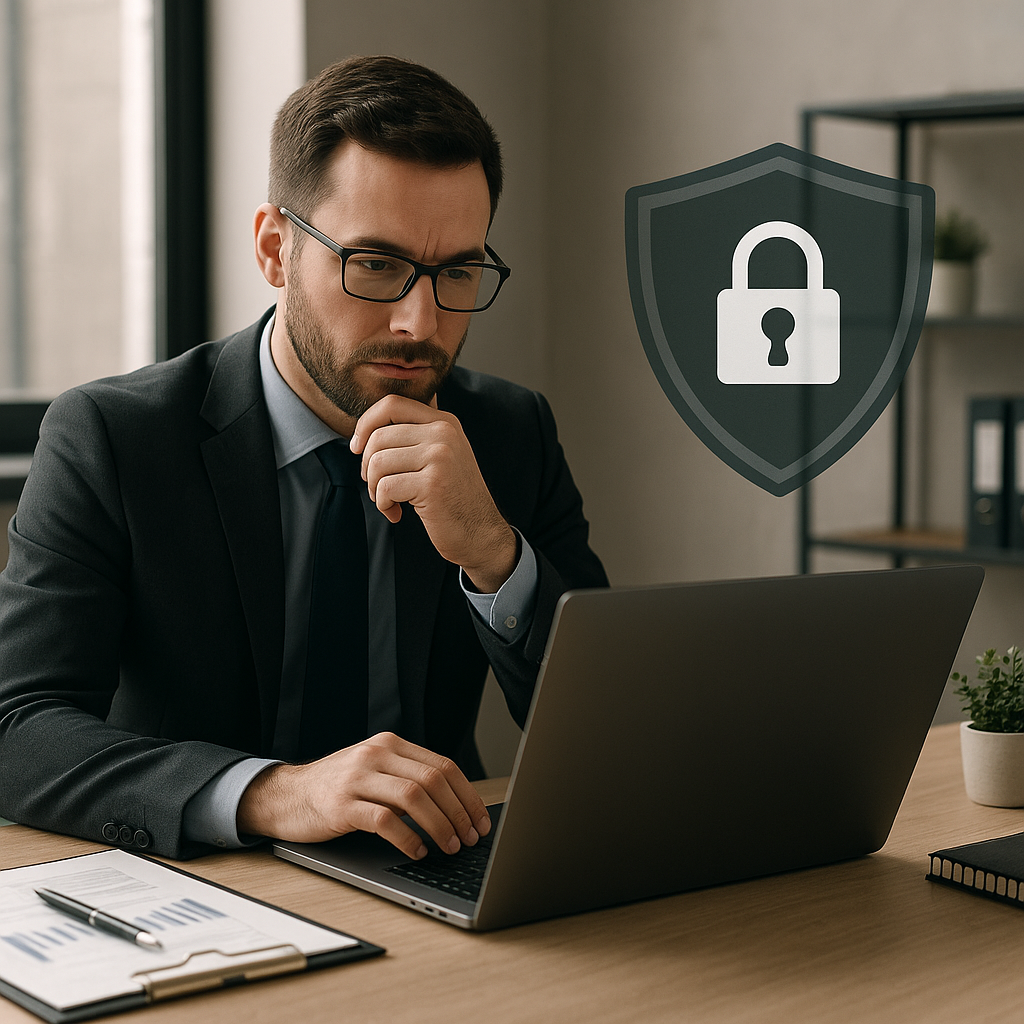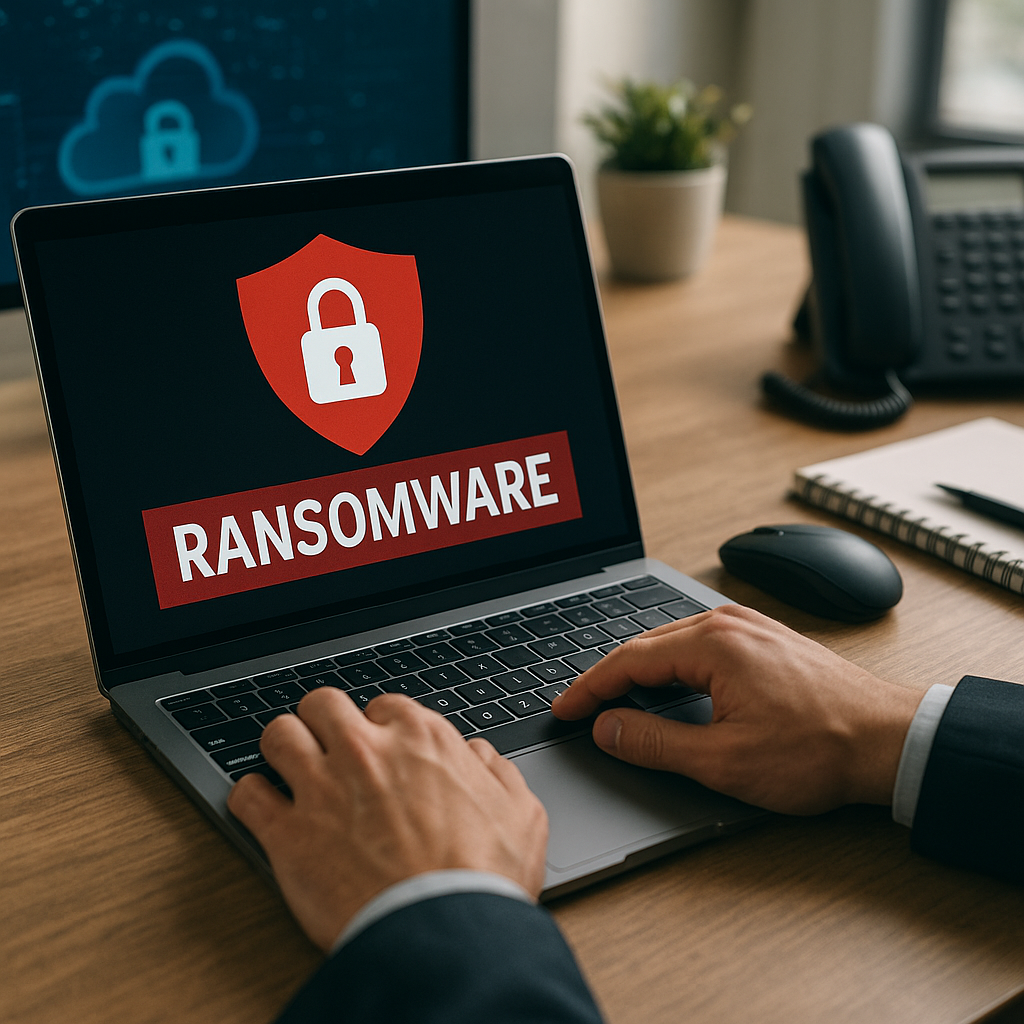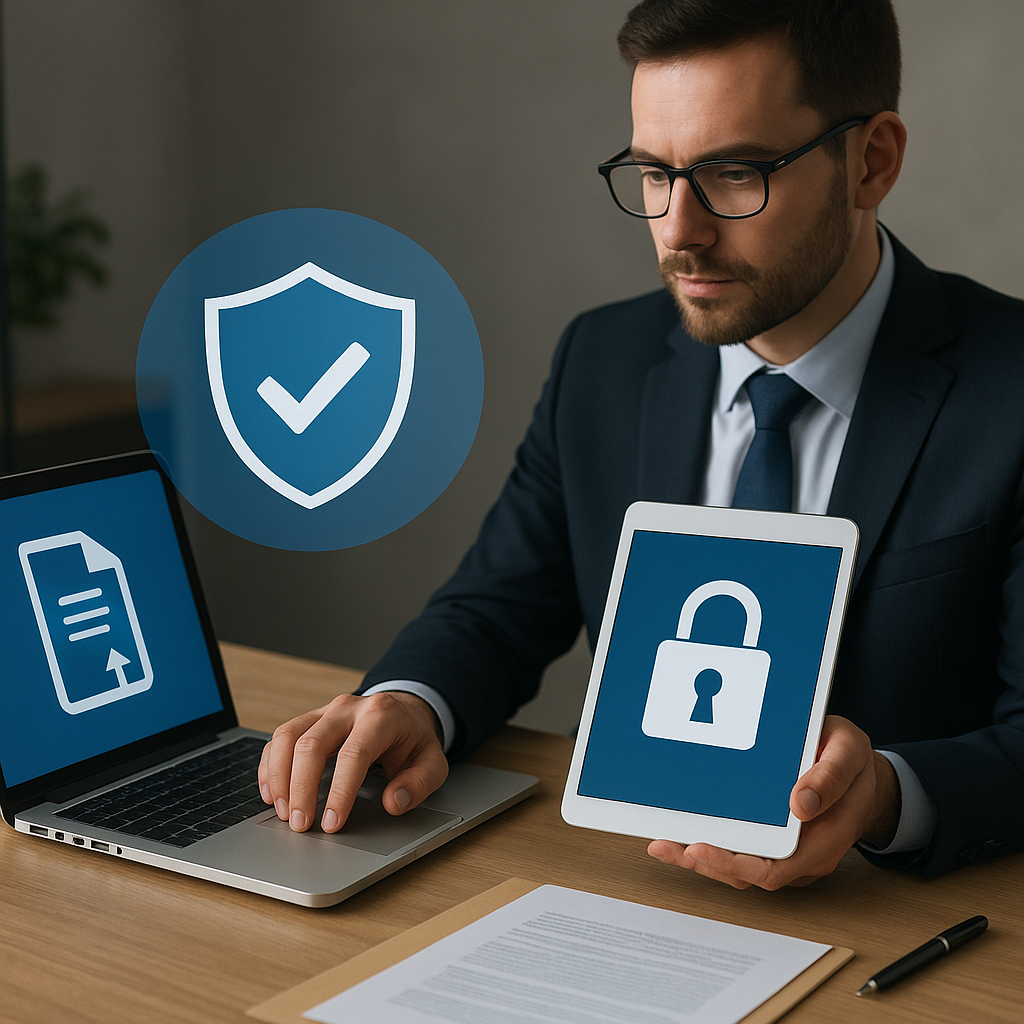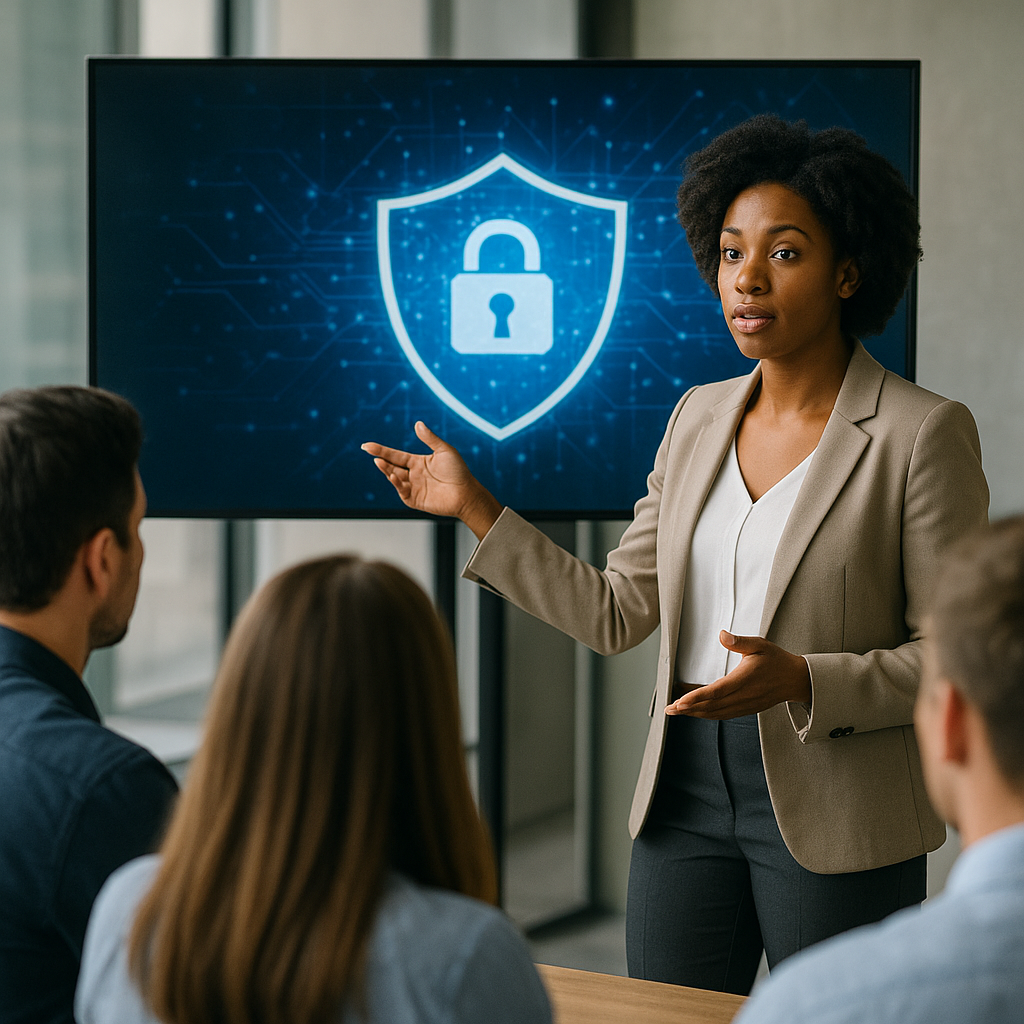Traveling can be an exhilarating experience, but it also comes with its own set of risks, especially when it comes to protecting your personal devices. In an age where smartphones, laptops, and tablets are integral to our daily lives, ensuring their security while on the go is paramount. This article will explore various strategies and best practices to safeguard your devices from theft, loss, and cyber threats during your travels.
Understanding the Risks
Before diving into protective measures, it is essential to understand the potential risks associated with traveling with personal devices. These risks can be broadly categorized into physical threats and cyber threats.
Physical Threats
Physical threats refer to the tangible risks of losing or having your devices stolen. Airports, train stations, and tourist hotspots are often crowded, making them prime locations for pickpockets and thieves. Additionally, leaving devices unattended in public places can lead to theft. Here are some common scenarios where physical threats may arise:
- Public Transportation: Buses, trains, and subways can be breeding grounds for opportunistic thieves.
- Hotels and Accommodations: Leaving devices in plain sight in hotel rooms or shared accommodations can attract unwanted attention.
- Restaurants and Cafés: Setting your device down while dining can lead to it being forgotten or stolen.
Cyber Threats
Cyber threats are equally concerning, especially when connecting to public Wi-Fi networks. Hackers often exploit these networks to intercept data, steal personal information, or install malware on devices. Common cyber threats include:
- Man-in-the-Middle Attacks: Attackers can intercept communications between your device and the internet.
- Malware: Downloading apps or files from untrusted sources can lead to malware infections.
- Phishing Scams: Cybercriminals may attempt to trick you into providing sensitive information through fake websites or emails.
Protective Measures for Your Devices
Now that we have identified the risks, let’s explore effective strategies to protect your personal devices while traveling. These measures can help mitigate both physical and cyber threats, ensuring a safer travel experience.
Physical Security Tips
To safeguard your devices from physical theft, consider the following tips:
- Use Anti-Theft Bags: Invest in bags designed with anti-theft features, such as lockable zippers and cut-resistant straps.
- Keep Devices Close: Always keep your devices within sight and reach, especially in crowded areas.
- Utilize Hotel Safes: Store valuable devices in hotel safes when not in use.
- Be Aware of Your Surroundings: Stay vigilant and be cautious of your environment, especially in unfamiliar places.
- Use Tracking Software: Install tracking applications that can help locate your devices if they are lost or stolen.
Cybersecurity Best Practices
To protect your devices from cyber threats, implement the following best practices:
- Use a VPN: A Virtual Private Network encrypts your internet connection, making it more secure when using public Wi-Fi.
- Enable Two-Factor Authentication: This adds an extra layer of security to your accounts, requiring a second form of verification.
- Keep Software Updated: Regularly update your operating system and applications to protect against vulnerabilities.
- Be Cautious with Public Wi-Fi: Avoid accessing sensitive information or conducting financial transactions on public networks.
- Use Strong Passwords: Create complex passwords and change them regularly to enhance security.
Preparing for Your Trip
Preparation is key to ensuring the safety of your devices while traveling. Here are some steps to take before you embark on your journey:
Backup Your Data
Before you travel, make sure to back up all important data on your devices. This can be done through cloud storage services or external hard drives. In the event that your device is lost or stolen, having a backup ensures that you do not lose critical information.
Limit What You Bring
Consider the necessity of each device you plan to bring. If you can manage with just a smartphone instead of a laptop, do so. The fewer devices you carry, the lower the risk of loss or theft.
Inform Your Contacts
Let your family and friends know about your travel plans and how to reach you. In case of an emergency, they will be aware of your situation and can assist if needed.
What to Do If Your Device Is Lost or Stolen
Despite taking precautions, there is always a chance that your device may be lost or stolen. Knowing how to respond can help mitigate the damage:
Report the Theft
If your device is stolen, report the theft to local authorities as soon as possible. Provide them with any relevant information, such as the device’s serial number and a description of the incident.
Use Tracking Features
Many devices come with built-in tracking features. For example, Apple’s „Find My iPhone” and Google’s „Find My Device” can help locate your device if it is lost or stolen. Use these features to track your device’s location and potentially recover it.
Change Your Passwords
Immediately change the passwords for any accounts that were accessible from the stolen device. This includes email, banking, and social media accounts. Changing your passwords can help prevent unauthorized access to your personal information.
Notify Your Service Provider
If your device is a smartphone, contact your service provider to report the theft. They may be able to suspend your service or assist in tracking the device.
Conclusion
Traveling with personal devices requires a proactive approach to security. By understanding the risks and implementing protective measures, you can significantly reduce the chances of theft or cyber threats. Preparation, vigilance, and knowing how to respond in case of an incident are crucial components of keeping your devices safe while exploring the world. With these strategies in mind, you can enjoy your travels with peace of mind, knowing that your personal devices are well-protected.




